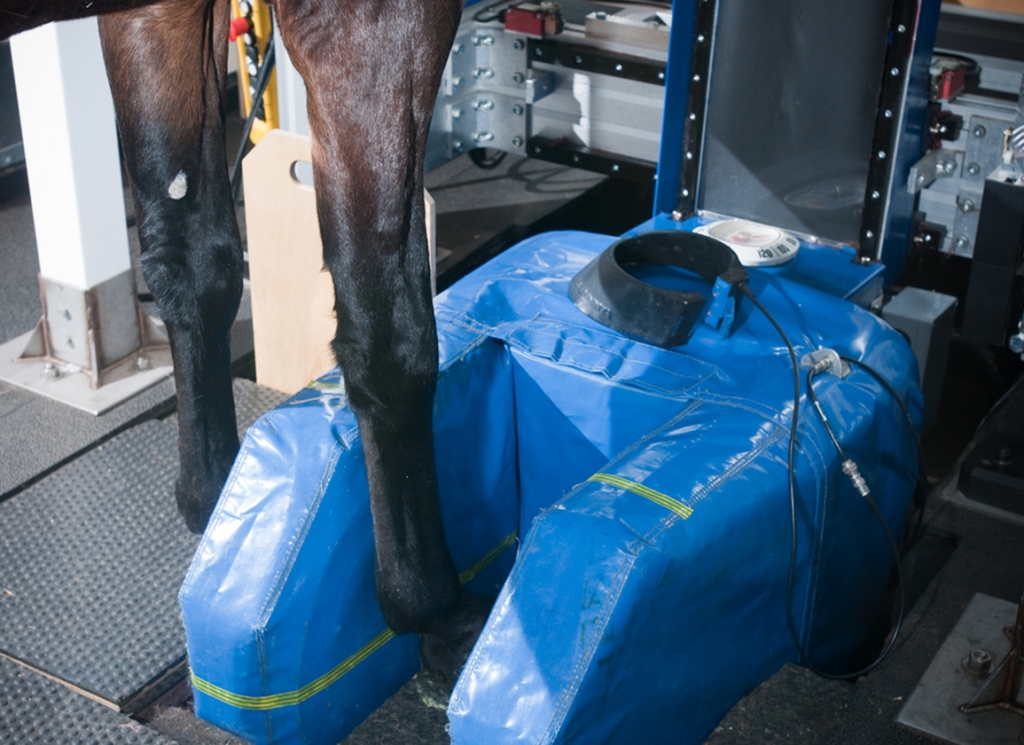International horses flying to Australia for the Melbourne Spring Carnival will no longer be required to take part in a scintigraphy exam prior to flying to Australia, Racing Victoria announced on Wednesday. The stringent scans were started last year in an attempt to reduce the rate of injuries and fatalities. These tests were required to be paid for by the horses' owners, and led to fewer internationals participating at the iconic carnival.
Racing Victoria's statement read as follows: “Upon recommendation of the international working group, the RV Board has endorsed the use of scintigraphy scans in a targeted manner from 2022 onwards for international horses entering Victoria via the Werribee International Horse Centre, as opposed to a blanket order.
“The RV veterinary team will focus the use of scintigraphy scans on international horses where their mandatory CT or MRI scans; veterinary history; racing history; and/or pre-travel inspections indicate that the horse may be at a heightened risk of sustaining a serious injury.
“The change aligns European horses with Japanese horses, where a discretionary protocol was in place in 2021 due to the absence of such technology in Japan.
“The adoption of a targeted approach considers both the benefits and challenges on utilising scintigraphy scans on racehorses in active training, along with analysis of scintigraphy results from the 2021 Spring Racing Carnival and of ongoing research into the prevalent causes of serious injuries in racehorses.”
Racing Victoria's Chief Executive Giles Thompson added, “When we introduced the new veterinary protocols last year we committed to a thorough process after the Spring Carnival to review their implementation, consider any learnings and participant feedback and to understand any advancements in technology research that may be of further benefit.
“Our international working group recommended that to remain at the forefront of safety in world racing, Victoria should continue the mandatory CT or MRI scanning of all international horses travelling to Australia and CT scanning of all horses, both local and international, prior to the Melbourne Cup.
“They also recommended enhancements to our protocols through an increase in the number of pre-travel veterinary inspections for an international horse and the introduction of new gait analysis technology, along with enhanced veterinary oversight of horses travelling to Australia via alternative quarantine centres.
“Upon review of the use of scintigraphy scans, it was determined that they now be used in a discretionary manner by our veterinary team in circumstances where the mandatory CT scans; veterinary history; racing history; and/or pre-travel inspections of any international horse indicate that it may be at a heightened risk of a serious injury.
“In doing so, our vets will remain vigilant and not hesitate to use a scintigraphy scan where needed to protect the safety of horses and riders.”
He added, “In making this announcement, I would reiterate that we remain focused on attracting the best horses, trainers and jockeys to compete in Victoria, as we do on ensuring that those visiting compete safely and return home in good health.
“International participation has been a feature of our Spring Racing Carnival for close to 30 years, and the win of State Of Rest (Ire) (Starspangledbanner {Aus}) in last year's G1 Cox Plate demonstrated both the competitiveness of international horses in our elite races and their ability to travel here, satisfy our veterinary protocols and perform at an elite level.”
The post Racing Victoria Unveils Changes To Spring Carnival Exams appeared first on TDN | Thoroughbred Daily News | Horse Racing News, Results and Video | Thoroughbred Breeding and Auctions.

